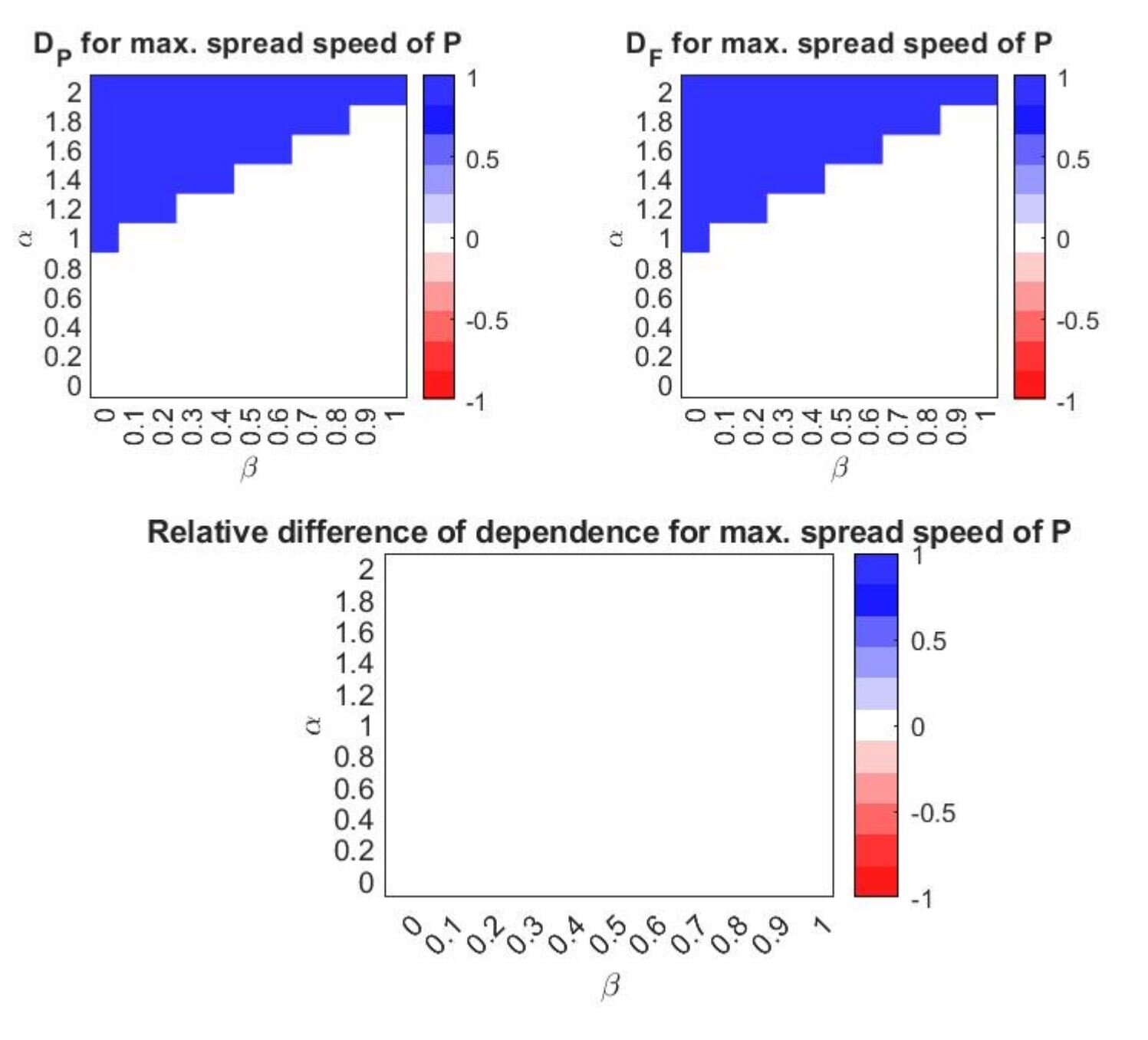Cooperation between species to help each other’s survival is known as mutualism. It is seen among many types of organisms, such as plants and fungi that exchange nutrients with one another, plants that provide bees with nectar in exchange for pollination, and sea anemones that provide protection for clown-fish in exchange for excreted nutrients.
Recently, scientists have found evidence that some invasive plants become even more invasive in the presence of helpful partners, as can happen with certain pine trees and fungi or fig trees and wasps. But other studies have suggested that species that didn’t rely on mutualist partners were more invasive.
Recent research at the University of Minnesota, published in the journal Ecology, attempted to identify the conditions under which a mutualistic partner could make a species more or less invasive. To study this, they built mathematical models called integro-difference equations (IDEs).
IDEs take into account the effects of mutualism on growth and dispersal of species and are useful tools to model spatial processes. Mathematical models are helpful in understanding ecological processes like invasion that occur over many years and can be difficult to study in the field.
The team modeled a phenomenon called mutualism dependence, which measures how much a species depends on benefits from its partner for growth. Highly dependent species are often called “obligate mutualists” and lower dependent species are called “facultative mutualists.” They then tried to understand how the invasive ability of a species varied as a function of its dependence on its partner.
The research found that:
- Based on how much nutrition (or other benefits) a partner provides, being more or less dependent on a partner could increase a species’ invasiveness, as measured by its range expansion speed.
- Having too many partners could stop a species’ invasion, as there is a large cost associated with supporting them.
- Mutualistic dependency modifies a species’ spatial distribution, impacting whether it is more populous at the edges or center of its range.
- As invasive species become more widespread, this research could eventually help protect native habitats from mutualistic invaders. Understanding the mutualistic properties of an invasive species could help researchers identify ways to slow the invasion.
“Understanding the role of mutualisms is critical to preventing ‘invasional meltdowns’ which is a process by which mutualists accelerate each others’ invasions in a positive feedback loop,” said lead author Naven Narayanan Venkatanarayanan.
“Invasional meltdowns greatly speed up extinction of native species and communities. Future applications of this research include identifying and biologically controlling populations of mutualist partners of the invasive species, such as fungi.”
More information:
Naven Narayanan et al, Mutualisms impact species’ range expansion speeds and spatial distributions, Ecology (2023). DOI: 10.1002/ecy.4171
Citation:
Understanding mutualism can help control the spread of invasive species (2023, October 19)
retrieved 20 October 2023
from https://phys.org/news/2023-10-mutualism-invasive-species.html
This document is subject to copyright. Apart from any fair dealing for the purpose of private study or research, no
part may be reproduced without the written permission. The content is provided for information purposes only.
Denial of responsibility! TechCodex is an automatic aggregator of the all world’s media. In each content, the hyperlink to the primary source is specified. All trademarks belong to their rightful owners, and all materials to their authors. For any complaint, please reach us at – [email protected]. We will take necessary action within 24 hours.

Jessica Irvine is a tech enthusiast specializing in gadgets. From smart home devices to cutting-edge electronics, Jessica explores the world of consumer tech, offering readers comprehensive reviews, hands-on experiences, and expert insights into the coolest and most innovative gadgets on the market.


